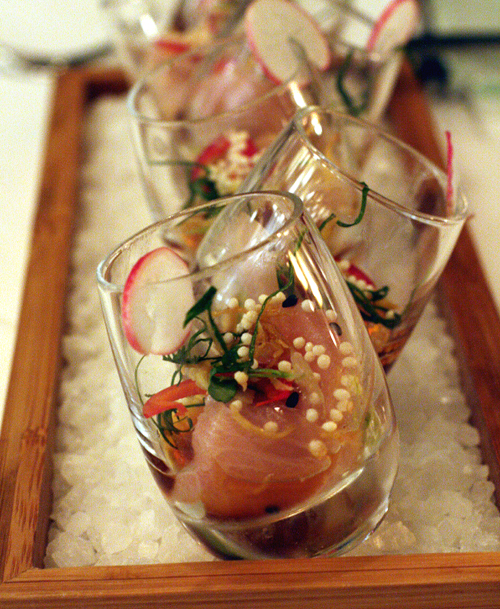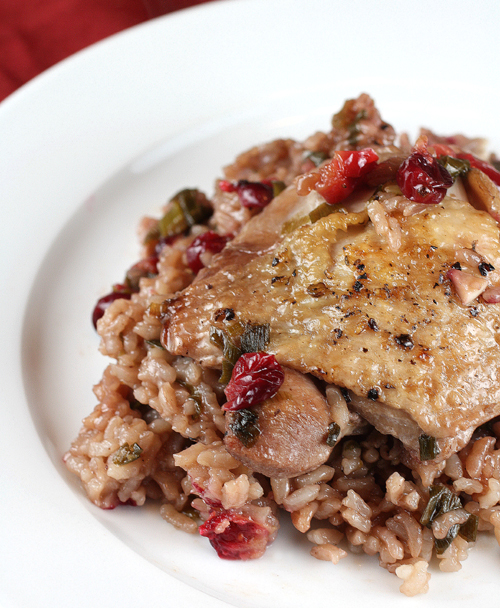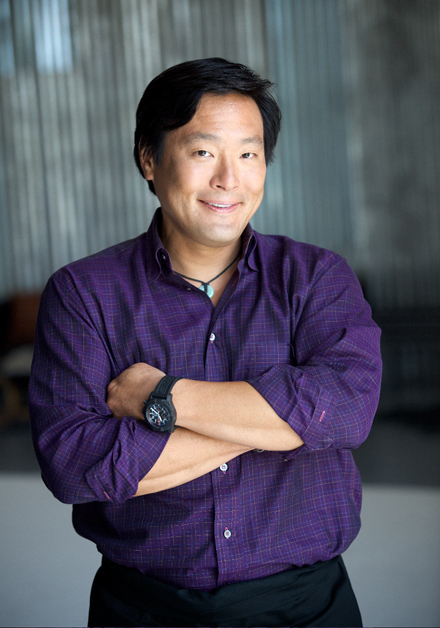Cupertino’s Alexander’s Steakhouse Opens A San Francisco Outpost
When Executive Chef Jeffrey Stout opened a branch of his Alexander’s Steakhouse in San Francisco’s South of Market district about two months ago, he didn’t think the crowds here would differ much from what he gets at his original location in Cupertino.
But how wrong he was.
While the Cupertino restaurant starts to shut down after 9 p.m. because folks in the South Bay are early eaters, the party is just getting started in San Francisco around 8 p.m. and is still going strong three hours later.
The three-story restaurant (formerly Bacar), a short hop from the InterContinental San Francisco, epitomizes The City’s eclecticism with its exposed brick walls, dramatic wine displays, custom Japanese shoji screens and bustling exhibition kitchen with cooks dressed in trendy black chef’s coats.
Stout, who is half Japanese, and his business partner, JC Chen, continue their unique, upscale, contemporary, Asian-inflected take on a steakhouse here. But unlike the Cupertino location, there is no jaw-dropping display of meat on display in an aging room right when you walk through the doors. Wasn’t room for it in the San Francisco locale, Stout says. Instead, all the meat is butchered at the Cupertino restaurant, then trucked to the San Francisco one twice a week.
As a result, there’s mega meat on the menu: Niman Ranch Prime T-Bone Steak with grilled lemon and a trio of salt; Strip Steak with kimichi butter and shishito pepper pistou; and pricey Japanese A5 Wagyu, the highest grade.
But what I’ve always enjoyed about Alexander’s is that it also offers a variety of Japanese seafood preparations for folks like me who crave that far more than a big hunk of meat.
Recently, I was invited in as a guest to try the new San Francisco outpost.
I couldn’t resist starting with the signature hamachi shots, a classic from the original Alexander’s in Cupertino. They’re $4 each or $22 for half a dozen. These little glasses are filled with a palate-awakening mix of raw hamachi, jalapeno, avocado, ginger, lime juice and truffled ponzu sauce. Don’t even bother ordering just one, because after you down it, you’ll surely want another.
Hirame sashimi ($15) brought delicate little rolls of raw fish accented by heirloom tomatoes and yuzu gelee.





